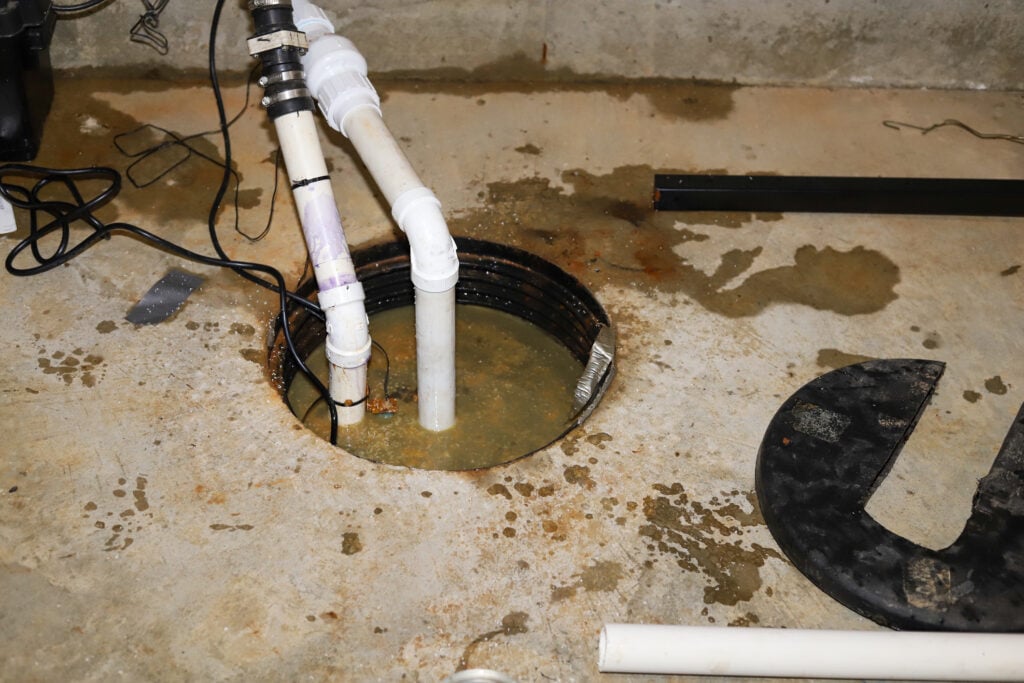As a homeowner, few things are more frustrating than dealing with plumbing issues, especially when they involve the basement toilet pump. A fully functional basement toilet pump is crucial for efficient waste disposal, but it can encounter problems that disrupt your daily routine. Fear not, as this comprehensive guide is here to help. We will take you through step-by-step solutions for common basement toilet pump problems, share tips for regular maintenance, and advise you on when it’s best to call in the professionals. So let’s dive in!
Understanding the Basement Toilet Pump:
Before we delve into troubleshooting basement toilet pump issues, it’s essential to understand its function. In many homes, the basement toilet pump, also known as a sewage ejector pump, is responsible for transporting wastewater from lower levels, such as basements or cellars. This specialized pump propels the waste into the main sewer line or septic tank, ensuring proper disposal and preventing flooding.
Common Basement Toilet Pump Problems and Solutions:
Pump Failure: Noisy or Nonfunctional:
One of the most common issues homeowners face is when the basement toilet pump fails to operate or emits unusual noises. This can stem from electrical problems, worn-out parts, or a stuck impeller. In such cases, it’s crucial to check the power supply, replace damaged components, or manually dislodge any obstructions.
Frequent Clogging and Blockages:
A basement toilet pump can experience frequent clogging due to flushing inappropriate items or an inadequate venting system. Prevent blockages by educating household members about what can and cannot be flushed, ensuring vents are clear, and using toilet-friendly paper products. Regular maintenance, including pump cleaning and flushing, will also help avoid clogs.
Odor Issues:
Persistent odors emanating from the basement toilet can be unpleasant and indicative of a malfunctioning pump. The culprits may include dried-out sealant rings, damaged vent pipes, or compromised trap seals. Address odor issues by inspecting and replacing faulty components, reinforcing seals, and cleaning out vent pipes.
Backup and Overflow:
When the basement toilet pump backups and overflows, causing a mess, it requires immediate attention. Potential reasons for this problem include pump failure, an overwhelmed system, or a clogged discharge pipe. Troubleshoot by ensuring the pump is functioning correctly, checking for blockages, and adjusting the system’s capacity if necessary
Regular Maintenance Tips for Basement Toilet Pump:
Preventing basement toilet pump problems is often easier than solving them. Implement these simple maintenance tips:
- Regularly inspect the pump, checking for leaks, cracks, or signs of wear.
- Clean the pump and its surrounding area, removing any debris or buildup.
- Test the pump periodically by pouring water into the basin to ensure it activates and discharges properly.
- Avoid flushing large amounts of solid waste, feminine hygiene products, or anything other than toilet paper.
- Enforce proper venting to prevent trapped air, which can hinder pump performance.
Professional Assistance: When to Seek Help:
While some basement toilet pump issues can be resolved by homeowners, certain situations require professional assistance. Here are a few indicators that it’s time to call in the experts:
- Repeated pump failures despite troubleshooting efforts.
- Major clogs or blockages that cannot be cleared using standard methods.
- Persistent odors or wastewater backup even after DIY remedies.
- Invasive tree roots damaging the pump or discharge pipes.
- Installation or replacement of a basement toilet pump.
Conclusion:
Dealing with basement toilet pump issues can be daunting, but armed with the knowledge provided in this comprehensive guide, you can confidently tackle most problems. Remember to troubleshoot using the step-by-step solutions outlined, practice regular maintenance, and don’t hesitate to seek professional assistance when needed. By taking proactive measures, you can keep your basement toilet pump in optimal condition, ensuring the smooth flow of wastewater and maintaining a stress-free home environment.
Learn More About Home Plumbing Solutions at https://wbplumbingsewer.com/schedule/
Have an emergency? Call us now at (262) 228-9821.

